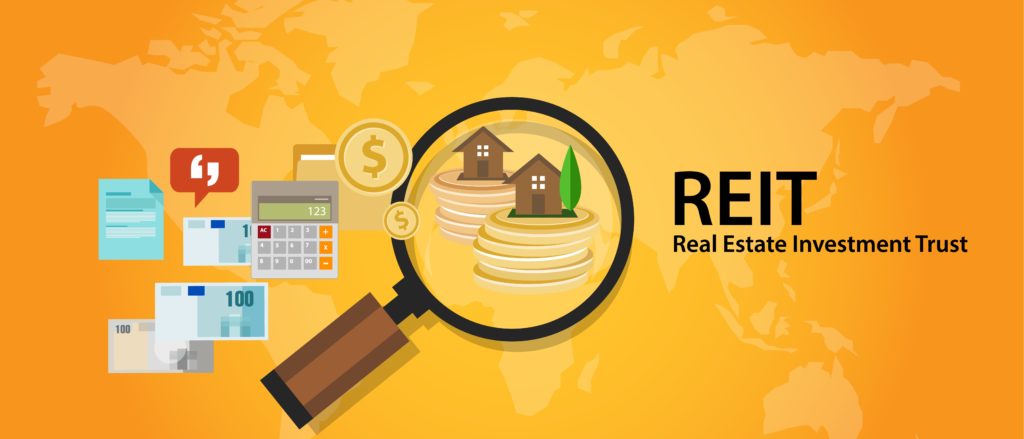5 Reasons Why You Should Include REITs in Your Retirement Portfolio

Contributed by Kenny Loh
Senior Consultant, Financial Alliance Pte Ltd
(The contributor can be contacted at kennyloh@fapl.sg)
To learn more about him and read his articles, visit his blog
One of the most common questions I am asked in my seminars is, “What types of asset classes are suitable in our retirement portfolios? Endowment, annuity, universal life, bonds, equities, physical properties, land banking, hedge funds, etc?”
Physical properties are one of the most sought-after asset classes when it comes to investing in Singapore. However, there are some disadvantages relating to investing in physical properties when we are approaching our retirement age. We could instead consider investing in REITs.
REIT stands for Real Estate Investment Trust, and can serve as an alternative to investing in physical properties. I will share 5 reasons to include REITs as alternatives to physical real estate in your retirement portfolio.
Liquidity
During our retirement age, we need liquidity to pay for our living expenses and for any unforeseen medical expenses. The flexibility and ease in liquidating our investment assets to cash is extremely important. Retirees who are holding a great amount of physical real estate may want to consider REITs as an alternative to physical real estate for their retirement years; REITs can be liquidated immediately and one can get their cash back within 5 working days.
Tax-free and lower total cost
There are many tax advantages by investing in REITs because the dividends generated and the capital gains from REITs are non- However, there are BSD, ABSD, SSD, Property Tax and Rental Income Tax to be paid if one invests in physical real estate. In addition, investors still have to pay for hefty legal fees and agents’ commissions, fire insurance, repairs and maintenance. When investing in REITs, no legal fee is payable and the brokerage commission is much lower.
High yield
REITs offer 5-9% in annual dividends, which compares favourably to physical real estate, which generates between 2-5%, depending on the real estate types. A REIT manager always looks for yield-accretive acquisitions and goes through a series of AEI (Asset Enhancement Initiative) of the portfolio to increase the distribution payout every year.
Diversification
REITs offer better diversification in terms of the number of properties, property types, tenant base and geographical sectors when compared to landlords, who can only own one or two residential properties with the resources at their disposal. Investors are able to have a well-balanced and diversified portfolio with as little as a few thousand dollars of investment capital.
Hassle-free
The landlord of the investment properties has to deal with the sourcing of properties, negotiation of the Sales & Purchase Agreement, application and servicing of the bank loan, collection of rental, management of the tenants, property maintenance, etc. However, there are no such hassles when investing in REITs as there are professional managers engaged to deal with all these tasks.
The decision to invest in REITs is a smart choice for those seeking to enjoy their retirement years by fully optimising their investments to generate monthly passive income. Retirees should enjoy their retirement instead of getting worried about their investment and dealing with property-management hassles. REIT is an asset class a retiree should highly consider as part of their investment portfolio for their retirement.
